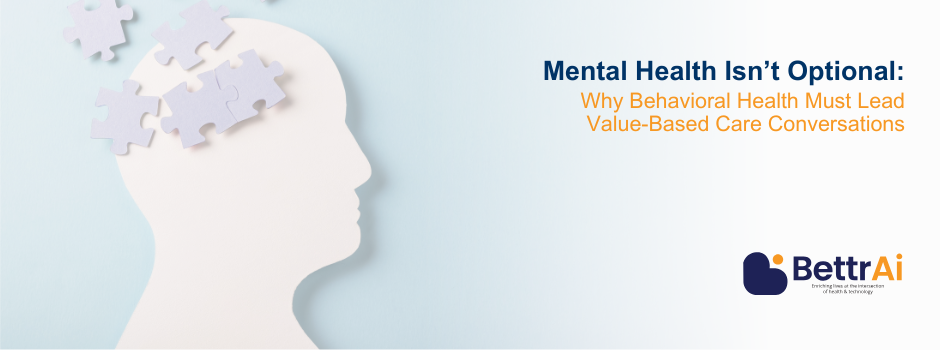[vc_row][vc_column width=\”1/1\”][vc_column_text]
What are the benefits of remote patient monitoring:
Remote Patient Monitoring uses digital technologies to gather patient health data outside of traditional clinical settings and transmit it to a healthcare facility for assessment and analysis. Technically a part of telehealth technologies, RPM offers the convenience of receiving continuous medical care from a professional while remaining at home. An example of healthcare data that can be monitored is heart rate, blood pressure, blood sugar level, weight, etc.
RPM can be beneficial for the following groups of users:
- Patients with chronic illnesses
- Elderly patients
- Patients with limited mobility
- Patients from rural areas with limited access to healthcare facilities
- Post-surgical patients
According to the 2019 Spyglass Consulting Group study, 88% of US-based healthcare providers surveyed are investing into remote patient monitoring apps. The main goals of introducing this group of technologies are to track a patient’s well-being outside of the hospital, help them maintain control over their conditions, ensure timely interventions from providers, and avoid emergencies. Altogether, RPM contributes to reducing the number of hospitalizations and readmissions as well as the length of stay.[/vc_column_text][vc_column_text]Remote patient monitoring uses an array of technologies that vary according to a particular condition and tracked metrics. Despite this variety, there is a common architecture for each solution that comprises the following elements:
Sensors are placed on wearables and portable medical devices to measure a patient’s vitals (blood pressure, weight, temperature, blood oxygen levels, heart rate, sleep, ECG, and more). Sensors can also be placed on invasive medical devices such as implantable cardiac defibrillators.
Fall prevention is largely related to understanding behavior and vital signs that lead up to falls. As patterns emerge and analytics and algorithms are able to determine likely cause and effect correlations, RPM systems can be set to monitor for specific thresholds to identify when falls are imminent or probable.
Local data storage stores the data acquired from sensors on the patient’s side and communicates with the centralized repository on the provider’s side.
Centralized repository aggregates and stores data from different sources, such as EHR, patient devices, and analytic systems.
Data analysis software generates insights from a centralized repository and pushes alerts to providers, caregivers, and patients as needed.
Healthcare providers are always looking for innovative technological solutions to help improve the quality of care that they can provide to patients. Today, one of the emerging technologies of choice for healthcare providers is remote patient monitoring technology.
Throughout this series, we have already made the case as to why remote patient monitoring is an optimal solution for both patients and payers. In Part 3, we will take a look at how this technology can facilitate improvements for providers as well.[/vc_column_text][vc_column_text]
How Can Healthcare Providers Benefit from Remote Patient Monitoring
- Improved Doctor to Patient Ratios
- Offload Healthcare Inventory Management
- Around the Clock Observation
- More Collaborative Communication
- Turn Medical Data into Intelligence
Let’s take a closer look below at some benefits of remote patient monitoring for healthcare providers:
Improved Doctor to Patient Ratios
Waiting rooms today are often flooded with patients looking for care. With so many individuals seeking help, and a limited supply of doctors to see them, it can be difficult for on-premise staff to give every patient the time they require. Remote patient monitoring systems allow patients with non-critical medical conditions the ability to meet with doctors without going to a facility. By distributing patient care through several channels, the ratio between doctors and patients is brought closer to 1:1.
Offload Healthcare Inventory Management
Whether due to misplacement, inventory oversights or damage, medical equipment losses can be staggering for healthcare providers. It can lead to duplicated expenses and disruptions to patient care. Partnerships with remote patient monitoring service providers will enable healthcare providers to offload the back-end logistics associated with inventory management.
Around the Clock Observation
Providing the highest quality medical care requires fast action on the part of healthcare providers. Sometimes, the difference can be made in just a matter of minutes. Healthcare providers can be empowered by remote patient monitoring systems thanks to the ability to garner real-time insights about patients so that if readings look askew, doctors can act quickly to address the issue.
More Collaborative Communications
Effective communication in healthcare is imperative when it comes to providing quality patient outcomes. Doctors must be able to communicate quickly and effectively amongst themselves, which often involves bringing in multiple specialists into the conversation from different locations. Further, seamless communications are also critical for patients and doctors too. Remote patient monitoring systems provide a direct platform with numerous channels, ideally suited for collaborative communications environments.[/vc_column_text][/vc_column][/vc_row][vc_row][vc_column width=\”1/1\”][vc_column_text]View RPM platform[/vc_column_text][/vc_column][/vc_row]



